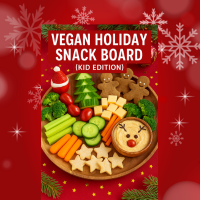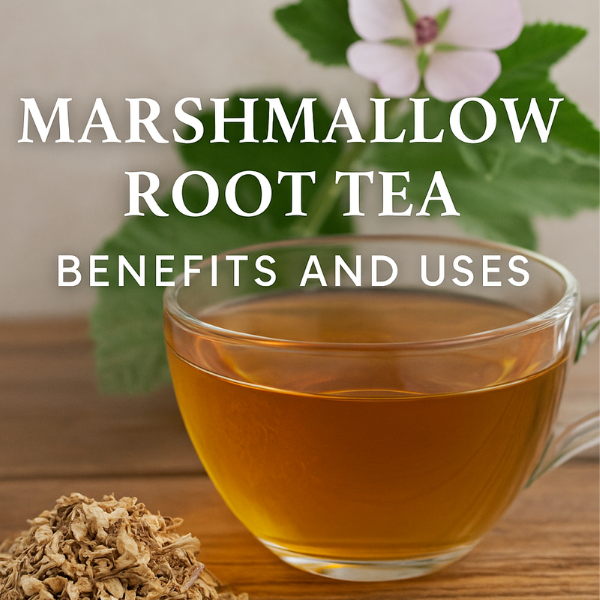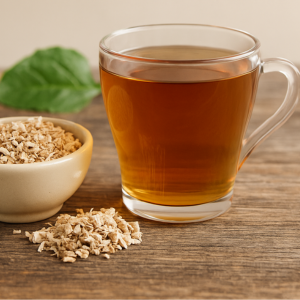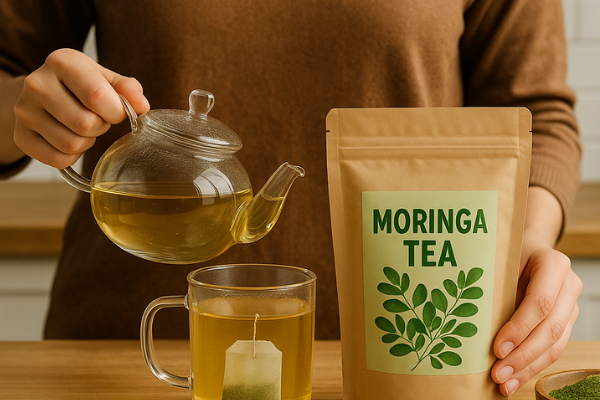Garlic has been revered for its medicinal properties for thousands of years, dating back to ancient civilizations that recognized its healing potential. But while fresh garlic has its place in the kitchen and in traditional medicine, modern science has uncovered something even more powerful: aged garlic extract. This specially processed form of garlic has been the subject of hundreds of clinical studies, and the results are impressive. Today, I’m diving deep into the research to show you why aged garlic extract deserves a place in your wellness routine.
What Makes Aged Garlic Extract Special?
Before we explore the health benefits, it’s important to understand what sets aged garlic extract apart from fresh garlic or standard garlic supplements. The key lies in the aging process.
Aged garlic extract is produced by immersing raw garlic in an aqueous ethanol solution and allowing it to age naturally for nearly 10 months. Some premium brands, like Kyolic, age their garlic for up to 20 months. During this extended aging period, something remarkable happens: the harsh, pungent compounds in raw garlic transform into gentler, more stable compounds that are easier on your digestive system and more bioavailable to your body.
The most significant compound that develops during this aging process is S-allylcysteine (SAC). This water-soluble sulfur-containing amino acid is largely responsible for aged garlic’s cardiovascular benefits. Unlike allicin in fresh garlic, which is unstable and breaks down quickly, SAC remains stable and can be standardized for consistent dosing in supplements.
Blood Pressure: The Compelling Evidence

If there’s one area where aged garlic extract truly shines, it’s in supporting healthy blood pressure levels. The research here is particularly robust, with multiple clinical trials demonstrating significant benefits.
The Numbers Don’t Lie
Research has shown that garlic supplements can reduce systolic blood pressure by an average of 8.3 mmHg and diastolic blood pressure by 5.5 mmHg in hypertensive patients. To put this in perspective, this reduction is comparable to what many first-line blood pressure medications achieve. Even more importantly, this level of blood pressure reduction has been linked to a 16-40% lower risk of cardiovascular events.
In a landmark double-blind, placebo-controlled trial, researchers found remarkable results. Among patients with uncontrolled hypertension, systolic blood pressure was on average 10.2 mmHg lower in the garlic group compared with controls over a 12-week treatment period. The study used 960 mg of aged garlic extract daily, containing 2.4 mg of S-allylcysteine.
Another comprehensive study called the AGE at Heart trial investigated not just peripheral blood pressure but also central hemodynamic measures. This research showed that aged garlic extract works through biologically plausible mechanisms involving hydrogen sulfide and nitric oxide signaling pathways. These pathways are crucial for helping blood vessels relax and maintain healthy circulation.
Dose-Response Relationship
What’s particularly interesting is that research has identified a dose-response relationship. Studies indicate that higher doses of aged garlic extract, particularly doses over 1200 mg per day, show more significant reductions in both systolic and diastolic blood pressure in hypertensive patients. However, even moderate doses of 600-960 mg daily have shown meaningful benefits.
The research consistently shows that it takes time for these benefits to manifest. Most studies run for 12 weeks, and participants typically see the most significant changes after 8-12 weeks of consistent supplementation. This isn’t a quick fix, but rather a gradual, sustainable approach to supporting cardiovascular health.
How It Works: Understanding the Mechanisms
The mechanisms behind aged garlic’s blood pressure-lowering effects are well understood and scientifically validated. This isn’t just folklore or wishful thinking—there are clear, measurable biological processes at work.
Nitric Oxide Production: One of the primary ways aged garlic extract supports healthy blood pressure is by increasing blood nitric oxide levels. Research has demonstrated that aged garlic supplementation can increase nitric oxide by approximately 10.3 µM. Nitric oxide is a crucial signaling molecule that tells blood vessels to relax and dilate, a process called vasodilation. When your blood vessels are more relaxed and open, blood flows more easily, naturally reducing the pressure against arterial walls. This is actually the same mechanism that many prescription blood pressure medications utilize, but aged garlic achieves it through natural, food-based compounds.
Hydrogen Sulfide Pathway: Beyond nitric oxide, aged garlic extract also works through the hydrogen sulfide signaling pathway. Like nitric oxide, hydrogen sulfide is a gaseous signaling molecule that promotes vasodilation and helps regulate blood pressure. The sulfur compounds in aged garlic, particularly S-allylcysteine, are converted in the body to hydrogen sulfide, providing sustained blood pressure support through multiple complementary pathways.
Angiotensin-Converting Enzyme (ACE) Inhibition: Aged garlic extract has been shown to influence the renin-angiotensin system, which plays a key role in blood pressure regulation. Specifically, compounds in aged garlic can inhibit ACE, an enzyme that produces angiotensin II, a powerful vasoconstrictor. By helping to moderate this system, aged garlic supports the body’s natural ability to maintain healthy blood pressure levels. This is particularly significant because ACE inhibitors are one of the most common classes of prescription blood pressure medications.
Antioxidant Enhancement: The research shows that aged garlic extract significantly enhances the body’s antioxidant capacity. In clinical trials, aged garlic increased antioxidant capacity by approximately 7 × 10⁻³ µM TE/min. This enhanced antioxidant defense helps protect blood vessels from oxidative damage and preserves the bioavailability of nitric oxide, which can otherwise be destroyed by free radicals. This means the blood pressure benefits are sustained over time rather than diminishing as oxidative stress takes its toll.
Uric Acid Reduction: Studies have also demonstrated that aged garlic extract reduces uric acid levels in the blood. Elevated uric acid is increasingly recognized as an independent risk factor for hypertension and cardiovascular disease. By helping to normalize uric acid levels, aged garlic provides yet another avenue for supporting healthy blood pressure.
What makes these mechanisms particularly compelling is that they work synergistically. Rather than targeting just one pathway, aged garlic extract supports cardiovascular health through multiple complementary mechanisms, creating a robust and sustained effect that develops over weeks of consistent use.
Cardiovascular Protection Beyond Blood Pressure
While blood pressure support is impressive on its own, aged garlic extract offers additional cardiovascular benefits that contribute to overall heart health.
Arterial Stiffness and Flexibility
As we age, our arteries naturally become less flexible, a condition known as arterial stiffness. This stiffness is a significant risk factor for cardiovascular disease and is measured through pulse wave velocity (PWV) and other metrics.
Studies have demonstrated that Kyolic aged garlic extract shows promise in reducing arterial stiffness and improving markers like pulse wave velocity. Maintaining flexible, responsive arteries is crucial for long-term cardiovascular health, as it reduces the workload on your heart and helps maintain efficient circulation throughout your body.
Cholesterol and Lipid Profile
The evidence on cholesterol is more nuanced than for blood pressure, but there are still promising findings. It’s important to note that results vary depending on the study design and participant baseline levels.
Research using aged garlic extract showed it was effective in lowering plasma total cholesterol by 7% and LDL cholesterol by 10% in hypercholesterolemic men compared with placebo. The cholesterol-lowering effects appear to stem from the inhibition of hepatic cholesterol synthesis by water-soluble sulfur compounds, particularly S-allylcysteine.
However, it’s worth acknowledging that not all studies have found significant cholesterol-lowering effects. A 2007 Stanford study found no effect on LDL cholesterol with various garlic preparations. This highlights the importance of realistic expectations and understanding that aged garlic extract may work better as part of a comprehensive heart-health strategy rather than a standalone cholesterol treatment.
For those with moderately elevated cholesterol who are looking for natural support alongside dietary changes, aged garlic extract has shown improvements in cardiovascular health markers including blood pressure, blood cholesterol levels, and atherosclerosis prevention.
Inflammation and Oxidative Stress
Chronic inflammation and oxidative stress are underlying factors in many cardiovascular diseases. This is another area where aged garlic extract demonstrates significant benefits.
A randomized, double-blind study found that six weeks of aged garlic extract consumption modulated immune cell distribution, prevented increases in inflammatory markers TNF-α and IL-6, and reduced blood LDL concentration in adults with obesity. This anti-inflammatory effect is particularly important for individuals at higher cardiovascular risk.
The antioxidant properties of aged garlic extract help protect LDL cholesterol from oxidation. Oxidized LDL is particularly harmful as it contributes to the development of atherosclerotic plaques in arterial walls. By providing antioxidant protection, aged garlic helps maintain healthier blood vessels and reduces the progression of atherosclerosis.
Immune System Support
While cardiovascular benefits are the most well-researched, aged garlic extract also offers immune system support that shouldn’t be overlooked.
Research suggests that people who took aged garlic extract supplements for 3 months during cold and flu season experienced less severe symptoms and fewer days missed of school or work. The compounds in garlic appear to have antiviral properties that may help prevent viruses from entering host cells or replicating within them.
The immune-modulating effects extend beyond just fighting off colds. Studies demonstrate that aged garlic extract shows immunomodulatory, antimicrobial, hepatoprotective, and digestive system protective properties. This broad-spectrum support makes aged garlic a valuable addition to an overall wellness routine, particularly during times when immune support is crucial.
Gut Health and the Microbiome

Emerging research has uncovered an exciting connection between aged garlic extract and gut health. Your gut microbiome plays a crucial role in overall health, affecting everything from digestion to immune function to mental health.
Studies have shown that Kyolic aged garlic extract has prebiotic properties that increase gut microbial richness and diversity, with notable increases in beneficial Lactobacillus and Clostridia species after three months of supplementation. A diverse, healthy microbiome is associated with better metabolic health, stronger immunity, and reduced inflammation throughout the body.
This prebiotic effect means that aged garlic extract doesn’t just support your cardiovascular system directly—it also nurtures the beneficial bacteria in your gut that contribute to whole-body wellness.
Safety and Tolerability: Why Aged Garlic Wins
One of the significant advantages of aged garlic extract over raw garlic or other garlic preparations is its superior tolerability and safety profile.
Fresh garlic, while nutritious, can cause digestive upset, heartburn, and that infamous garlic breath that can be socially challenging. The aging process transforms these harsh compounds into gentler forms that are much easier on your stomach and don’t leave you with offensive breath.
Aged garlic extract has a higher safety profile than other garlic preparations and does not cause bleeding problems if taken with blood-thinning medicines such as warfarin. This is particularly important for individuals who are on anticoagulant medications, as raw garlic can potentially increase bleeding risk.
The clinical trials consistently report excellent tolerability, with very few participants dropping out due to side effects. Most people can take aged garlic extract daily without any negative effects, making it a practical long-term supplement.
Choosing the Right Aged Garlic Extract
Not all garlic supplements are created equal. When selecting an aged garlic extract, here’s what to look for:
Standardized S-allylcysteine Content: The active compound should be standardized and clearly labeled. Most effective formulations contain between 0.6-2.4 mg of SAC per serving.
Aging Process: Look for products that have been aged for an extended period—ideally 10-20 months. The Kyolic brand, manufactured by Wakunaga, is the most extensively researched and uses a 20-month aging process.
Quality Certifications: Choose products with third-party testing certifications like USP, NSF, or ConsumerLab verification. These ensure you’re getting what the label claims.
Organic Source: Since you’ll be taking this daily, opt for organic garlic sources to minimize pesticide exposure.
Odorless Formulation: One of the benefits of aged garlic extract is that it’s odorless. Make sure the product you choose emphasizes this feature.
Recommended Dosage and What to Expect
Based on the clinical research, effective doses typically range from 600-1,200 mg of aged garlic extract per day, providing approximately 1.2-2.4 mg of S-allylcysteine. Some individuals may benefit from higher doses up to 960 mg or more, particularly if they have elevated blood pressure.
It’s important to set realistic expectations. Aged garlic extract is not a pharmaceutical drug—it’s a food-based supplement that works gradually to support your body’s natural processes. Most studies show that benefits become apparent after 8-12 weeks of consistent daily use.
For blood pressure support, you might see a reduction of 5-10 mmHg in systolic pressure and 3-6 mmHg in diastolic pressure. For cholesterol, effects are more modest and variable, typically in the range of a 5-10% reduction in total and LDL cholesterol when effective.
Incorporating Aged Garlic Extract into Your Routine
Successfully integrating aged garlic extract into your daily wellness routine requires consistency and patience. Here are some practical tips to help you get the most benefit:
Timing Matters: While aged garlic extract can be taken at any time of day, many people find it easiest to take it with their largest meal. This can help with absorption and makes it less likely you’ll forget your dose. Some studies have split the daily dose into two administrations (morning and evening), which may help maintain more consistent blood levels throughout the day.
Be Consistent: The key to seeing results is daily, consistent use. Set a reminder on your phone or keep your supplement bottle somewhere you’ll see it every day. Missing occasional doses won’t derail your progress, but regular daily use over 8-12 weeks is what the research shows is effective.
Pair with Lifestyle Changes: Aged garlic extract works best as part of a comprehensive approach to heart health. This means eating a diet rich in fruits, vegetables, whole grains, and healthy fats; getting regular physical activity (aim for at least 150 minutes of moderate exercise per week); managing stress through techniques like meditation, yoga, or deep breathing; maintaining a healthy weight; limiting sodium intake; and avoiding excessive alcohol consumption.
Track Your Progress: If you’re taking aged garlic extract for blood pressure support, consider investing in a home blood pressure monitor. Take readings at the same time each day and keep a log. This allows you to see trends over time and provides valuable information to share with your healthcare provider. Don’t expect immediate changes—remember that most benefits appear after 8-12 weeks.
Be Patient with the Process: In our quick-fix culture, it can be frustrating to wait weeks for results. But sustainable health improvements take time. Unlike pharmaceutical drugs that work immediately but may come with side effects, aged garlic extract is gently supporting your body’s natural regulatory systems. The gradual improvement you experience is more likely to be sustained over the long term.
Quality Over Price: While cost is always a consideration, remember that the most-studied brand (Kyolic) has decades of research behind it. Choosing a well-researched, quality product means you’re more likely to get the benefits documented in clinical trials. Generic or poorly manufactured aged garlic products may not deliver the same results.
Who Should Consider Aged Garlic Extract?
Aged garlic extract may be particularly beneficial for:
- Individuals with prehypertension or stage 1 hypertension looking for natural support
- Those with treated but not fully controlled blood pressure
- People seeking additional cardiovascular support alongside healthy lifestyle habits
- Individuals with family history of heart disease looking for preventive measures
- Those wanting to support immune function naturally
- Anyone interested in gut health and microbiome diversity
Important Considerations and When to Consult Your Doctor
While aged garlic extract is generally safe and well-tolerated, there are important considerations:
Medication Interactions: Although aged garlic is safer than raw garlic regarding blood-thinning effects, you should still consult your healthcare provider if you’re taking anticoagulants, blood pressure medications, or other prescription drugs.
Not a Replacement for Medical Treatment: If you have diagnosed hypertension or cardiovascular disease, aged garlic extract should complement, not replace, your prescribed medical treatment. Always work with your healthcare provider to monitor your condition.
Pregnancy and Nursing: While garlic is generally considered safe as a food, there’s limited research on aged garlic extract supplementation during pregnancy and lactation. Consult your healthcare provider before use.
Surgery: Because of potential effects on blood clotting, discontinue aged garlic extract at least two weeks before scheduled surgery.
The Bottom Line: A Heart-Healthy Addition to Your Wellness Routine
The scientific evidence supporting aged garlic extract is substantial and impressive. With hundreds of studies documenting its benefits, particularly for cardiovascular health, aged garlic extract stands out as one of the most well-researched natural supplements available.
What makes it particularly appealing is that it addresses multiple aspects of cardiovascular health simultaneously: blood pressure support, arterial flexibility, antioxidant protection, inflammation reduction, and even gut health. This multi-faceted approach aligns perfectly with our understanding that heart health isn’t just about one number or one risk factor—it’s about supporting your entire cardiovascular system.
For those of us interested in plant-based approaches to health, aged garlic extract represents the best of both worlds: a traditional food medicine backed by rigorous modern science. It’s affordable, widely available, safe for long-term use, and actually works.
Remember that aged garlic extract works best as part of a comprehensive heart-healthy lifestyle. No supplement can compensate for poor dietary choices, sedentary behavior, or unmanaged stress. But when combined with a nutrient-rich plant-based diet, regular physical activity, stress management, and adequate sleep, aged garlic extract can be a valuable tool in your wellness toolkit.
If you’re dealing with high blood pressure, concerned about heart health, or simply looking for evidence-based ways to support your cardiovascular system naturally, aged garlic extract is worth serious consideration. Talk to your healthcare provider about whether it’s right for you, and if you decide to try it, give it the full 12 weeks to work its magic. Your heart will thank you.
Other Articles You May Like:
Scientific References
- National Center for Biotechnology Information (NCBI) – “Garlic lowers blood pressure on blood pressure and other cardiovascular risk factors in uncontrolled hypertensives: the AGE at Heart trial” – https://pmc.ncbi.nlm.nih.gov/articles/PMC4734812/
- ScienceDirect – “Effect of aged garlic extract on blood pressure and other cardiovascular markers in hypertensive patients” – https://www.sciencedirect.com/science/article/pii/S1756464623005315
- European Journal of Clinical Nutrition – “Aged garlic extract reduces blood pressure in hypertensives: a dose–response trial” – https://www.nature.com/articles/ejcn2012178
- MDPI Nutrients Journal – “Antihypertensive Effects of an Optimized Aged Garlic Extract in Subjects with Grade I Hypertension” – https://www.mdpi.com/2072-6643/15/17/3691
- Experimental and Therapeutic Medicine – “Garlic lowers blood pressure in hypertensive subjects, improves arterial stiffness and gut microbiota” – https://www.spandidos-publications.com/10.3892/etm.2019.8374
- NCBI/PMC – “Garlic lowers blood pressure in hypertensive subjects, improves arterial stiffness and gut microbiota: A review and meta-analysis” – https://pmc.ncbi.nlm.nih.gov/articles/PMC6966103/
- MDPI Nutrients Journal – “Garlic and Hypertension: Efficacy, Mechanism of Action, and Clinical Implications” – https://www.mdpi.com/2072-6643/16/17/2895
- Wiley Online Library – “The Effect of Aged Garlic Supplementation on Blood Pressure and Lipid Profile: A Dose–Response Grade‐Assessed Systematic Review and Meta‐Analysis” – https://onlinelibrary.wiley.com/doi/10.1002/ptr.70032
- ScienceDirect – “Effects of aged garlic extract on blood pressure in hypertensive patients: A systematic review and meta-analysis” – https://www.sciencedirect.com/science/article/abs/pii/S1098882324001084
- PubMed – “Aged garlic extract lowers blood pressure in patients with treated but uncontrolled hypertension” – https://pubmed.ncbi.nlm.nih.gov/20594781/
- NCBI/PMC – “Effects of an Optimized Aged Garlic Extract on Cardiovascular Disease Risk Factors” – https://pmc.ncbi.nlm.nih.gov/articles/PMC8838962/
- Healthline – “11 Proven Health Benefits of Garlic” – https://www.healthline.com/nutrition/11-proven-health-benefits-of-garlic
- Alzheimer’s Disease Discovery Foundation – “Aged Garlic Extract” – https://www.alzdiscovery.org/uploads/cognitive_vitality_media/Aged_Garlic_Extract.pdf
- PubMed – “Cholesterol-lowering effect of garlic extracts and organosulfur compounds” – https://pubmed.ncbi.nlm.nih.gov/11238803/
- PubMed – “Aged garlic extract supplementation modifies inflammation and immunity of adults with obesity” – https://pubmed.ncbi.nlm.nih.gov/29576354/
- WHO EMRO – “Review: Effect of garlic on atherosclerosis and its factors” – https://www.emro.who.int/emhj-volume-14-2008/volume-14-issue-1/article23.html
Disclaimer: This article is for informational purposes only and is not intended as medical advice. Always consult with your healthcare provider before starting any new supplement regimen, especially if you have existing health conditions or are taking medications.

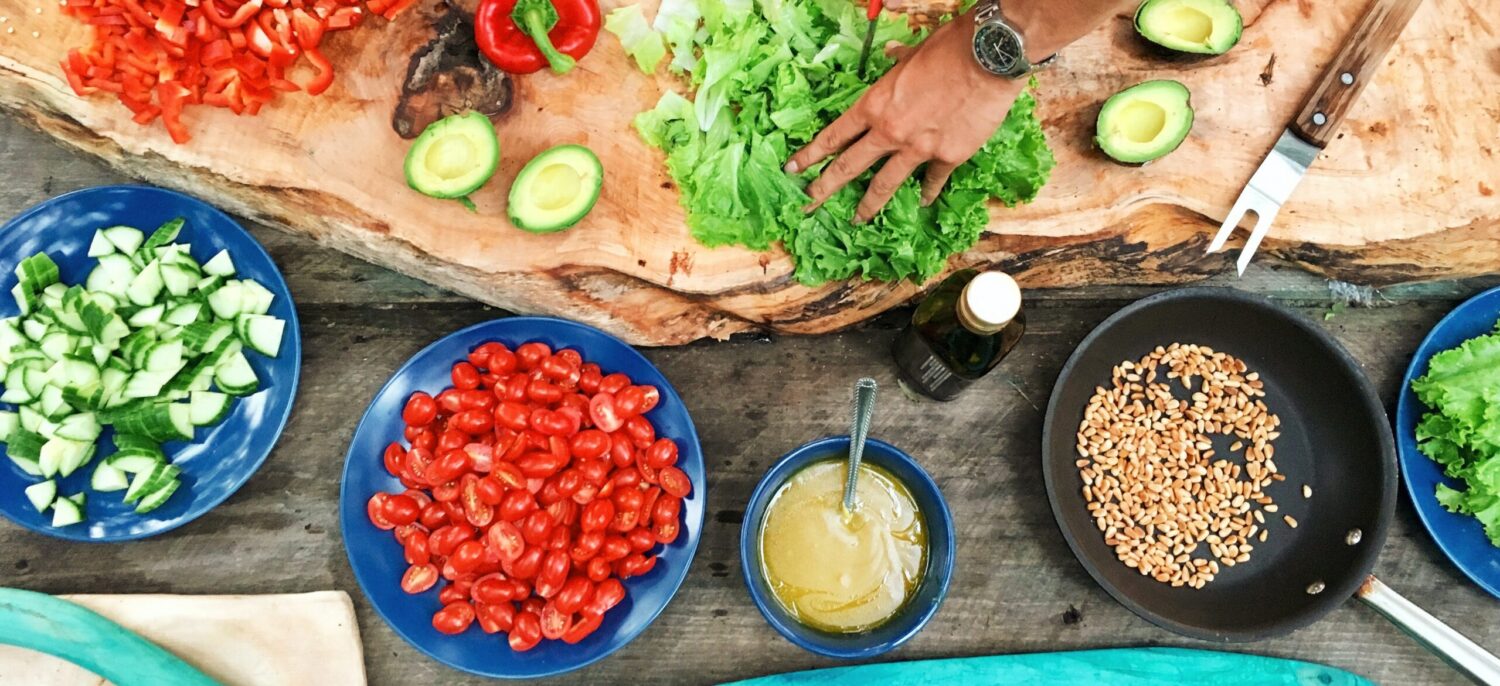
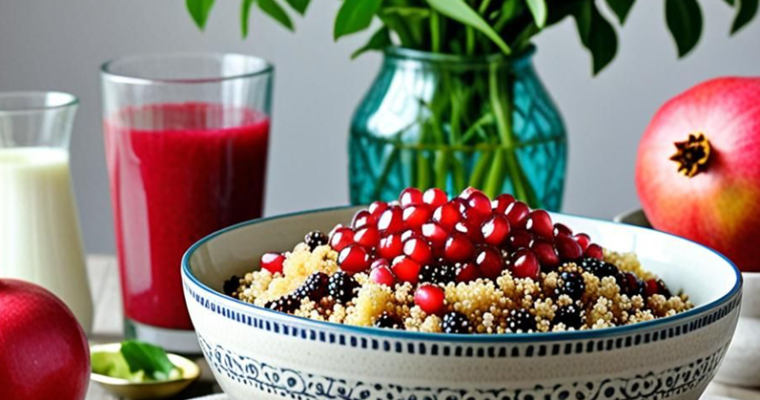
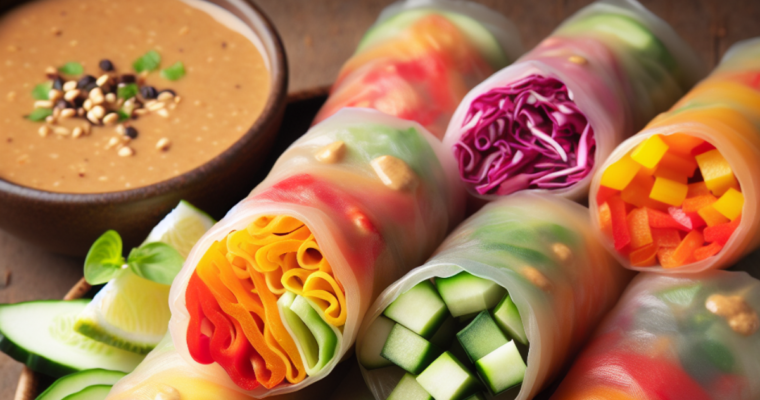
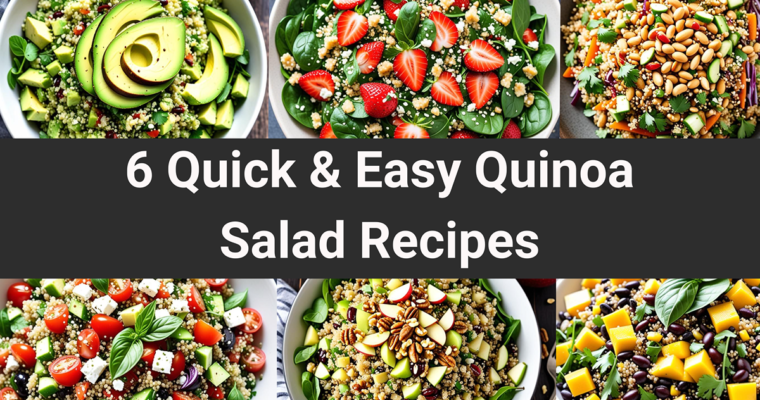

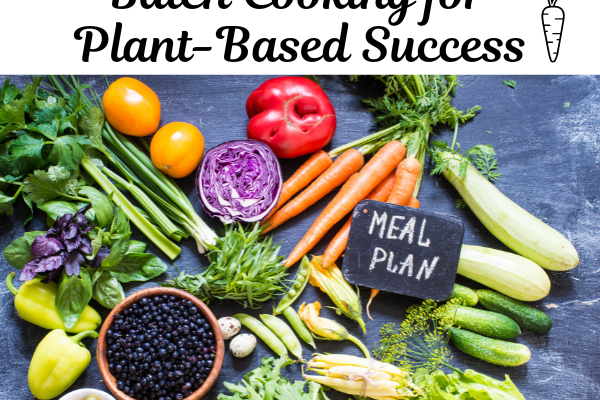






 These adorable reindeer veggie cups make raw vegetables irresistible for even picky eaters. To make them, start by placing a tablespoon of hummus in the bottom of small clear plastic cups. Then fill each cup with baby carrots, celery sticks, and cucumber slices so they stand upright like little veggie bouquets. For the reindeer face, press two edible candy eyes onto the outside of the cup (or draw eyes with a food-safe marker), then attach a small red cherry tomato or red candy dot as the “nose.” Finally, place two mini pretzels on top of the veggies so they stick out like antlers. Kids love the fun presentation, and parents love that it’s a wholesome Christmas snack. Serve immediately or refrigerate until party time.
These adorable reindeer veggie cups make raw vegetables irresistible for even picky eaters. To make them, start by placing a tablespoon of hummus in the bottom of small clear plastic cups. Then fill each cup with baby carrots, celery sticks, and cucumber slices so they stand upright like little veggie bouquets. For the reindeer face, press two edible candy eyes onto the outside of the cup (or draw eyes with a food-safe marker), then attach a small red cherry tomato or red candy dot as the “nose.” Finally, place two mini pretzels on top of the veggies so they stick out like antlers. Kids love the fun presentation, and parents love that it’s a wholesome Christmas snack. Serve immediately or refrigerate until party time.







